Jeonju Jeondong Catholic Cathedral (전주전동성당)
2024-05-27
51 Taejo-ro, Wansan-gu, Jeonju-si, Jeonbuk-do
Jeondong Catholic Cathedral in Jeonju was built in honor of Roman Catholic martyrs of the Joseon dynasty on the very same spot the martyrs lost their lives. The land was purchased by French Priest Baudenet in 1891 (28th year of King Gojong), but construction of the church did not begin until 1908. Construction was completed in 1914, a time during which Korea was under Japanese rule. Though originally built just outside of Pungnammun Gate, the site of the martyrs, the church was later moved to its current location for expansion.
The first Romanesque building in the Honam region, Jeondong Catholic Cathedral is made of gray and red bricks and bears a striking resemblance to the Myeongdong Cathedral in Seoul, also designed by Priest Poinel. Not only considered one of the most beautiful Catholic churches in Korea, some even go so far as to say it is one of the most beautiful structures in all of Korea, citing the church’s unique combination of Byzantine and Romanesque architectural styles. The rectangular building is topped with three Byzantine bell towers (to the right, center, and left) and boasts arched ceilings, several of which meet in the form of a cross.
It is interesting to note that some of the bricks used in construction of the church were made using materials from the Jeonjueupseong Walled Town, which was torn down by the Japanese. It is also said that the cornerstone of the church came from a wall of Jeonjueupseong Walled Town near Pungnammun Gate.
Gyeonggijeon Shrine (경기전)
2025-07-22
44 Taejo-ro, Wansan-gu, Jeonju-si, Jeonbuk-do
A registered Historic Site, Gyeonggijeon Shrine was founded in 1410 and holds the portrait of King Tae-jo, the founder of the Joseon dynasty. The shrine was originally given the name Eoyongjeon, but was changed to its current name in 1442, the 24th year of King Sejong the Great. The structure was partially destroyed during the Imjin War (1592-1598), and was restored in 1614. Gyeonggijeon Shrine is beloved by the locals and tourists for its elegance and the lush tree groves in the middle of the city.
Jeonju Kimchi Cultural Center (전주한옥마을 전주김치문화관)
2024-04-07
29, Eojin-gil, Wansan-gu, Jeonju-si, Jeonbuk-do
+82-63-287-6300
Jeonju Kimchi Cultural Center is located in Jeonju, a UNESCO-designated City of Gastronomy. At the center, visitors can learn about the wisdom and science behind kimchi and Korean food culture.
Gangam Calligraphy Museum (강암서예관)
2024-04-07
74, Jeonjucheondong-ro, Wansan-gu, Jeonju-si, Jeonbuk-do
+82-63-285-7442
The Gangam Calligraphy Museum (est. 1995) in Jeonju Hanok Village has on display over 1,000 works from famous artists such as Kim Jeong-hee (1786-1856, calligrapher, painter, & scholar), Lee Sam-man (1770-1847, calligrapher), Kim Hong-do (1745-?, artist), and Jeong Yak-yong (1762-1836, scholar). This museum also houses a seminar room for calligraphy-related events and educational programs.
Chimyeongjasan Holy Ground (치명자산성지)
2024-04-07
89, Baramssoeneun-gil, Wansan-gu, Jeonju-si, Jeonbuk-do
+82-63-285-5755
Chimyeongjasan is a sacred site for those of the Catholic faith and a famous pilgrimage attraction in the southeastern region of Jeonju. Perched upon a steep ridge of Seungamsan Mountain behind Hanbyeokdang Pavilion, the area is the final resting place of well-known Catholic couple Yu Jung-cheol (John), Yi Sun-I (Rugalda), who vowed to remained virgins for all eternity. Situated upon the couple’s grave is “Miracle Rock,” a naturally formed rock that is said to be shaped like Jesus and the Virgin Mary. The site is also home to a 4-meter-high stone cross that can be seen from as far away as Hanbyeokdang Pavilion.
The 200-meter prayer hike named “The Golgotha Way of the Cross” is one of the most popular pilgrimage routes for Catholics visiting the mountain area. Leading up from the parking lot and Monmartre Square (rest place), the entire path to the summit is strewn with flowers, making the prayer walk an ideal place for a stroll and some quiet meditation.
Jeonju Pungnammun Gate (전주 풍남문)
2024-05-27
1 Pungnammun 3-gil, Wansan-gu, Jeonju-si, Jeonbuk-do
+82-63-287-6008
Pungnammun Gate was built during the Joseon dynasty in 1734 and is a designated Treasure. Pungnammun Gate was the southernmost gate among the four city gates of Jeonju. The structure was severely damaged by fire in 1767, followed by the restoration of the gate tower afterward. The gate was burnt down once again during the Imjin War and was restored to the gate that is seen today.
Hanbyeokdang Pavilion (한벽당)
2024-05-28
2 Girin-daero, Wansan-gu, Jeonju-si, Jeonbuk-do
+82-63-281-5139
Located in Jeonbuk State, Hanbyeokdang Pavilion has been designated as a Tangible Cultural Property. The pavilion was built as part of a country house for a civil official from the Joseon dynasty. In the past, many writers often sought out Hanbyeokdang Pavilion to find inspiration in their writing. The pavilion is well known for the vista it offers of the beautiful surrounding mountains, thus making it one of the eight scenic beauties of Jeonju.
Temporary Palace at Hwaseong Fortress (Hwaseong Haenggung Palace) (화성행궁)
2025-05-22
825 Jeongjo-ro, Paldal-gu, Suwon-si, Gyeonggi-do
A haenggung is a temporary palace where the king and royal family retreated to during a war. Hwaseong Haenggung Palace is the largest one of these, used by the Joseon kings since the time of King Jeongjo (r. 1776-1800). In addition to being used as a shelter during war, King Jeongjo also stayed here during trips to worship at his father's tomb. The palace was the location of a splendid feast held on the 60th birthday of his mother, Hyegyeonggung Hong, and many other events, including award certificates for successful candidates of special national exams. These days, the palace serves as a venue for many traditional cultural performances and activities.
Hyowon’s Bell (효원의 종·서장대)
2025-05-22
Namchang-dong, Paldal-gu, Suwon-si, Gyeonggi-do
Hyowon’s Bell is located at the summit of Paldalsan Mountain. The bell was created to honor the filial devotion of King Jeongjo towards his father, Crown Prince Sado. The bell has various symbols representing the city of Suwon and its cultural assets. The bell is always rung three times- the first ring is in gratitude for the love of one’s parents, the second to hope for happiness in one’s family, and the third as a prayer for self-improvement.
UN Memorial Cemetery (재한유엔기념공원 (UN기념공원))
2024-03-06
93 UN pyeonghwa-ro, Nam-gu, Busan
+82-51-625-0625
UN Memorial Cemetery in Korea stands as the sole UN cemetery globally, established by the UN Command in 1951 to inter fallen soldiers from the Korean War. Initially accommodating around 11,000 individuals, it later saw the repatriation of many, with 2,300 remains laid to rest. Soldiers from 11 nations, including the United States and the United Kingdom, find their final resting place here. The site features Memorial Service Hall, Memorabilia Hall, Wall of Remembrance, UN Forces Monument, and Unknown Soldier's Pathway.
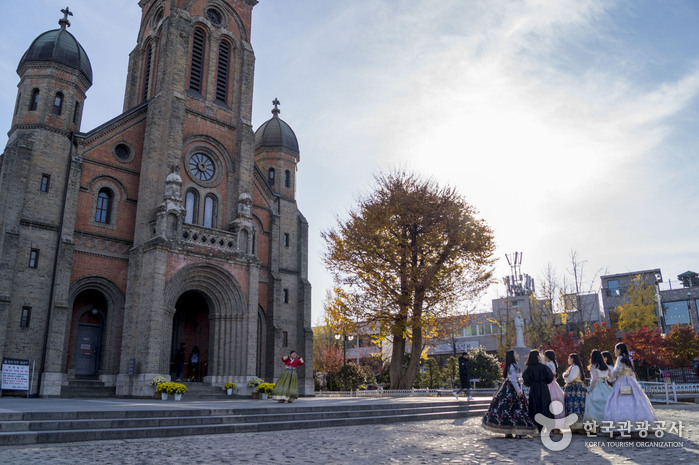
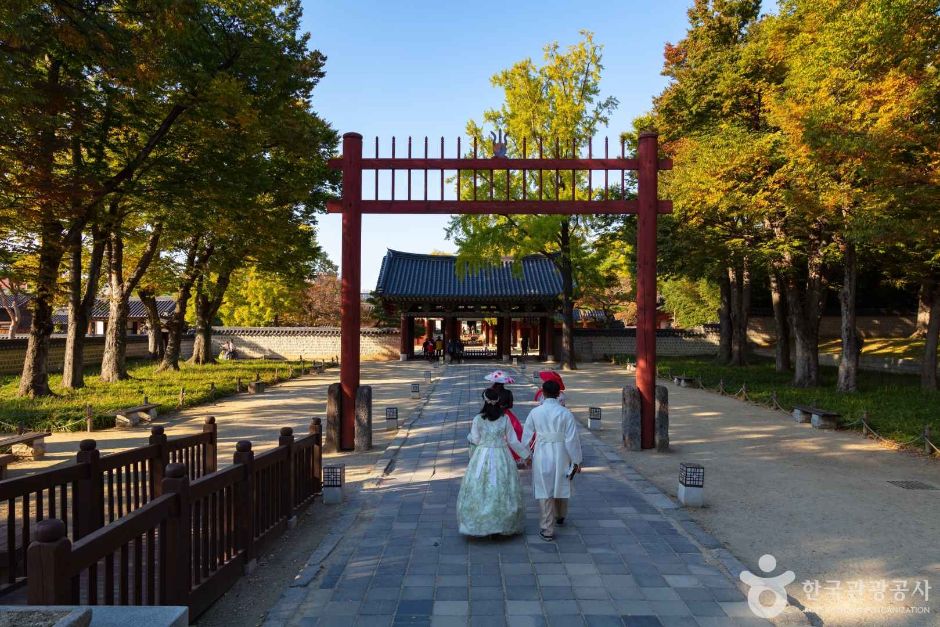

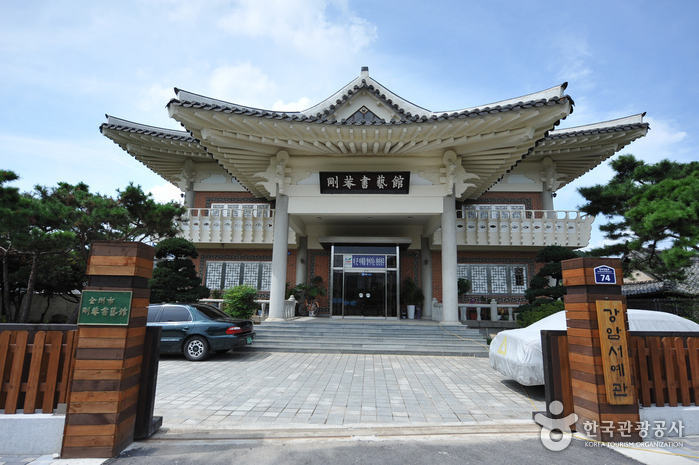
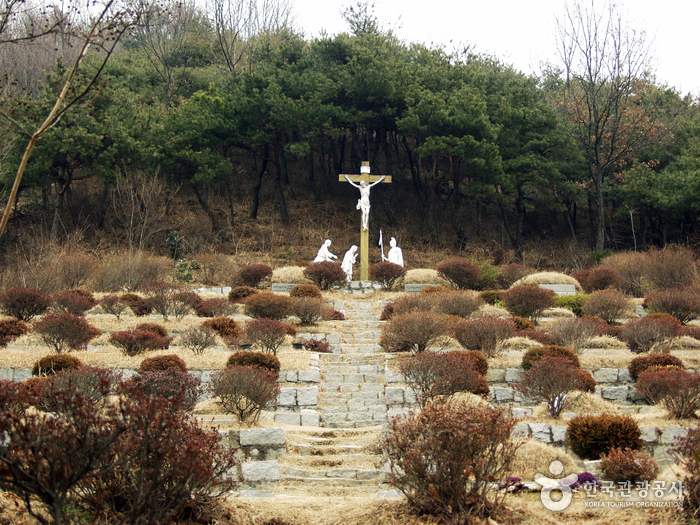
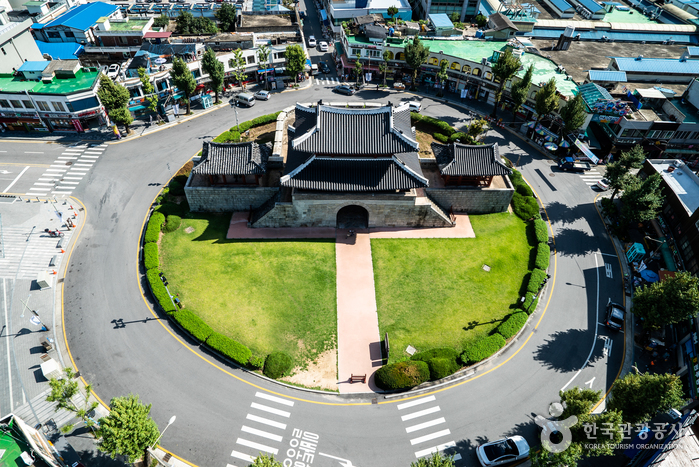
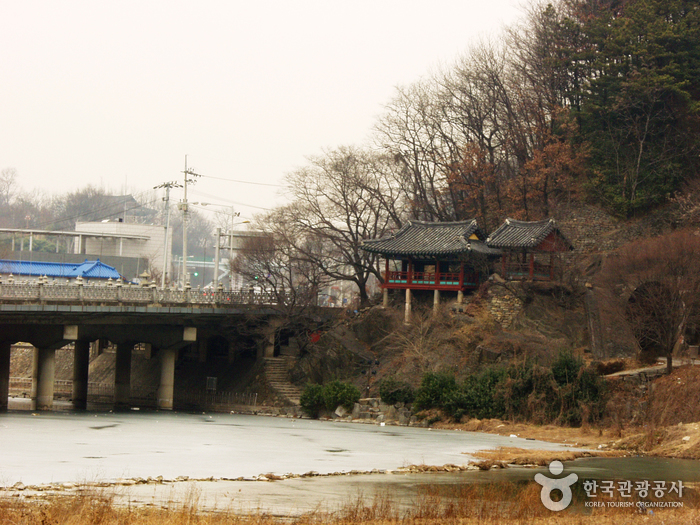
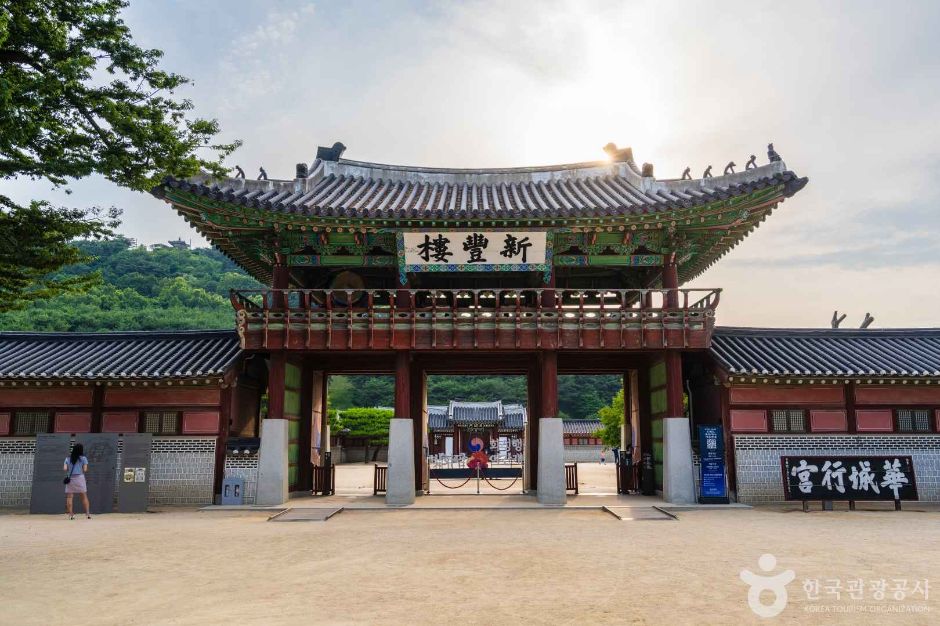
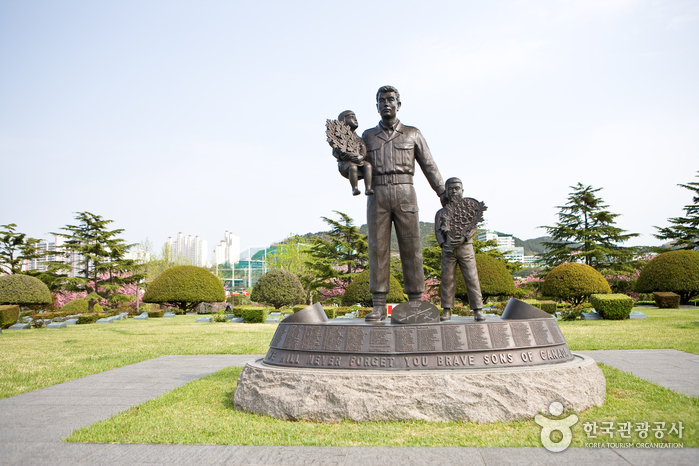
 English
English
 한국어
한국어 日本語
日本語 中文(简体)
中文(简体) Deutsch
Deutsch Français
Français Español
Español Русский
Русский